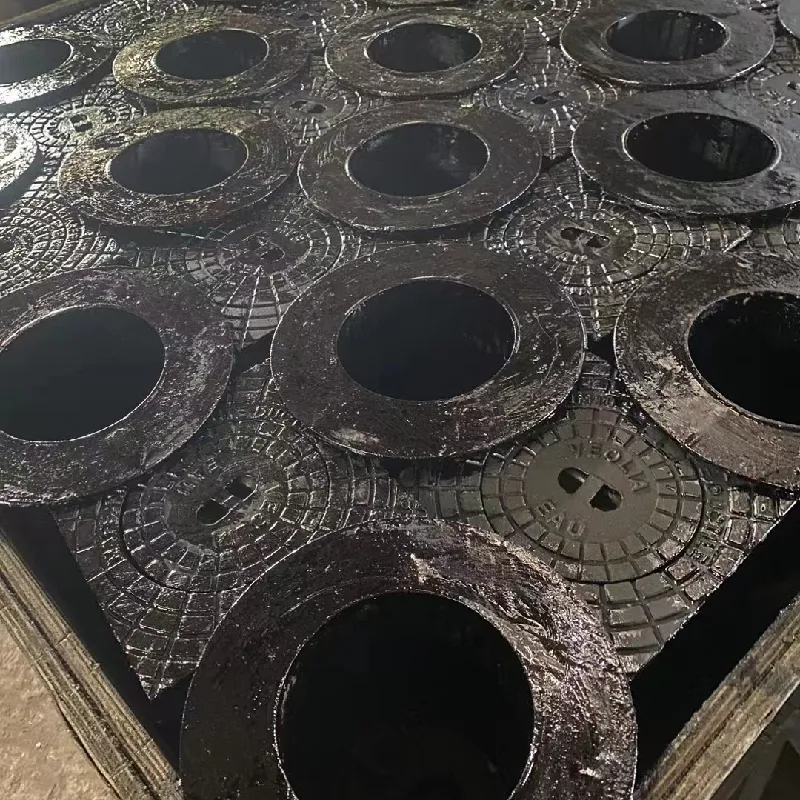Pneumatic Actuated Butterfly Valve with Integrated Positioning System for Enhanced Control
Butterfly Valve with Pneumatic Actuator and Positioner An Overview
The butterfly valve is a crucial component in various industrial applications, renowned for its efficiency and simplicity in regulating fluid flow. When coupled with a pneumatic actuator and a positioner, the butterfly valve transcends basic functionality, offering enhanced control and automation capabilities. This combination is particularly beneficial in industries such as oil and gas, water treatment, and chemical processing.
Understanding Butterfly Valves
A butterfly valve consists of a rotating disc that acts as a throttling mechanism. When the valve is opened, the disc is turned parallel to the flow of fluid, permitting passage. Conversely, rotating the disc to a closed position blocks the fluid flow. This type of valve is celebrated for its lightweight design and minimal space requirement, making it an ideal choice for various applications.
The Role of Pneumatic Actuators
Pneumatic actuators utilize compressed air to generate motion, enabling the butterfly valve to open or close efficiently. One of the primary advantages of pneumatic actuators is their speed. The quick response times facilitate immediate adjustments to flow rates, thereby optimizing process control.
Once compressed air is directed into the actuator, it generates pressure that moves a piston connected to the valve shaft, turning the disc. The actuator can be designed as single-acting or double-acting. In a single-acting configuration, a spring returns the actuator to the closed position when air pressure is removed. In contrast, a double-acting actuator can open and close the valve using air pressure in both directions.
The Importance of Positioners
In applications where precise control is essential, a positioner becomes indispensable. A positioner is a device that interprets the control signal from a control system and adjusts the position of the pneumatic actuator accordingly. It ensures that the valve opens or closes to the exact degree specified by the control signal, allowing for fine-tuned regulation of flow.
butterfly valve with pneumatic actuator and positioner

The positioner continuously monitors the valve's position and compares it with the desired position. If there is a deviation, the positioner adjusts the pneumatic actuator's output, ensuring the butterfly valve maintains the appropriate flow rate. This capability is crucial in processes that require tight control, such as maintaining pressure levels or regulating chemical concentrations in a mixture.
Applications in Various Industries
The combination of butterfly valves with pneumatic actuators and positioners is prevalent across multiple sectors. In chemical processing plants, for instance, the ability to maintain precise flow rates is vital for safety and efficiency. In water treatment facilities, these systems help manage water flow to minimize waste and ensure quality.
In the oil and gas industry, where extreme conditions and high pressures are common, butterfly valves with pneumatic actuators provide reliable operation. The ability to automate the opening and closing of valves enhances safety, as it minimizes the need for personnel to be in potentially hazardous environments.
Advantages of the System
The integration of a butterfly valve with a pneumatic actuator and positioner brings numerous benefits. Firstly, the system ensures high accuracy in flow control, which is crucial for process optimization. Secondly, it reduces the manual intervention required, allowing for automated systems that enhance operational efficiency and safety. Additionally, the quick response time of pneumatic actuators supports dynamic process adjustments, helping industries adapt to fluctuating demands.
Another advantage is the reliability and robustness of the system. Butterfly valves are generally less prone to wear and tear than other types of valves, and when paired with pneumatic actuators, they can withstand rigorous operational conditions.
Conclusion
In summary, the butterfly valve with a pneumatic actuator and positioner represents a sophisticated solution for flow control across various industries. Its combination of efficiency, precision, and reliability makes it an indispensable tool in modern engineering applications. As industries continue to evolve, the demand for such advanced valve systems will likely grow, reinforcing their significance in maintaining optimal fluid management processes.
-
The Smarter Choice for Pedestrian AreasNewsJun.30,2025
-
The Gold Standard in Round Drain CoversNewsJun.30,2025
-
The Gold Standard in Manhole Cover SystemsNewsJun.30,2025
-
Superior Drainage Solutions with Premium Gully GratesNewsJun.30,2025
-
Superior Drainage Solutions for Global InfrastructureNewsJun.30,2025
-
Square Manhole Solutions for Modern InfrastructureNewsJun.30,2025
-
Premium Manhole Covers for Modern InfrastructureNewsJun.30,2025
